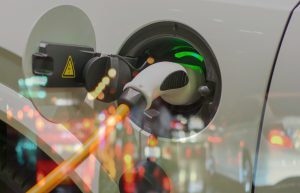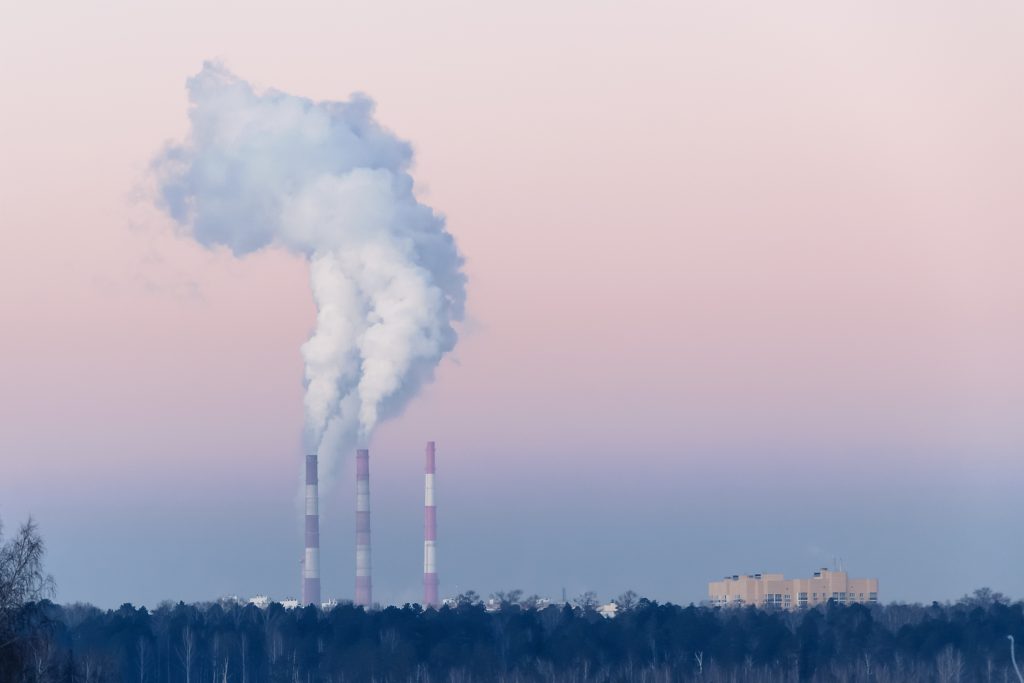By Amran Mohamed, a member of the Transition to Zero Pollution cohort.
Effective lubrication is an essential aspect in the move towards the electrification of mass transportation and in reaching the goal of becoming a net-zero economy. Around one third of fuel consumption in vehicles is due to frictional losses. Therefore, as the demand for electric vehicles (EVs) increases so does the need for effective lubrication of the engineering components in EVs to ensure their reliability, efficiency and to improve the fuel economy.

Due to the complexity of EVs, both thermal heating and cooling occur. For example, in engines, starting conditions vary widely from the running conditions of the engine, therefore, several lubricant formulations are often required to satisfy the various thermal conditions. At high temperatures the viscosity of the lubricant decreases drastically, leading the lubricant to be less effective. Simply using a thicker lubricant, so that the high temperature viscosity of the lubricant is higher, leads to a reduced low temperature performance of the lubricant. Rather than implementing different lubricants for the different conditions, a single lubricant which can remain sufficiently thick at a range of temperatures is more desirable.

Viscosity modifiers (VMs), which are commonly polymeric, are added to lubricants to reduce the viscosity dependence on temperature of the lubricant. This has allowed the use of lubricant for a larger range of temperatures. However, due to the polymeric nature of VMs, they can exhibit varying responses to severe conditions depending on their architecture and chemistry. Commonly used VMs can be described as either viscosity index improvers (VIIs) or thickeners. Thickeners thicken the lubricant uniformly at all temperatures. VIIs, however, increase the viscosity of the lubricant more at high temperatures and do not greatly affect the low temperature viscosity, which is the desired effect. The chemistry of the polymer greatly affects this response, which in turn affects the effectiveness of the VM. Moreover, various architectures of synthesised VMs affect their performance as well as their lifetime as a VM.
It is clear that a lot is there to be understood about the behaviour of VMs in lubricants under severe conditions. Designing more effective VMs will allow us to greatly improve lubricant formulation as well as reduce CO2 emissions by allowing for the efficiency and durability of engineering components in EVs.












